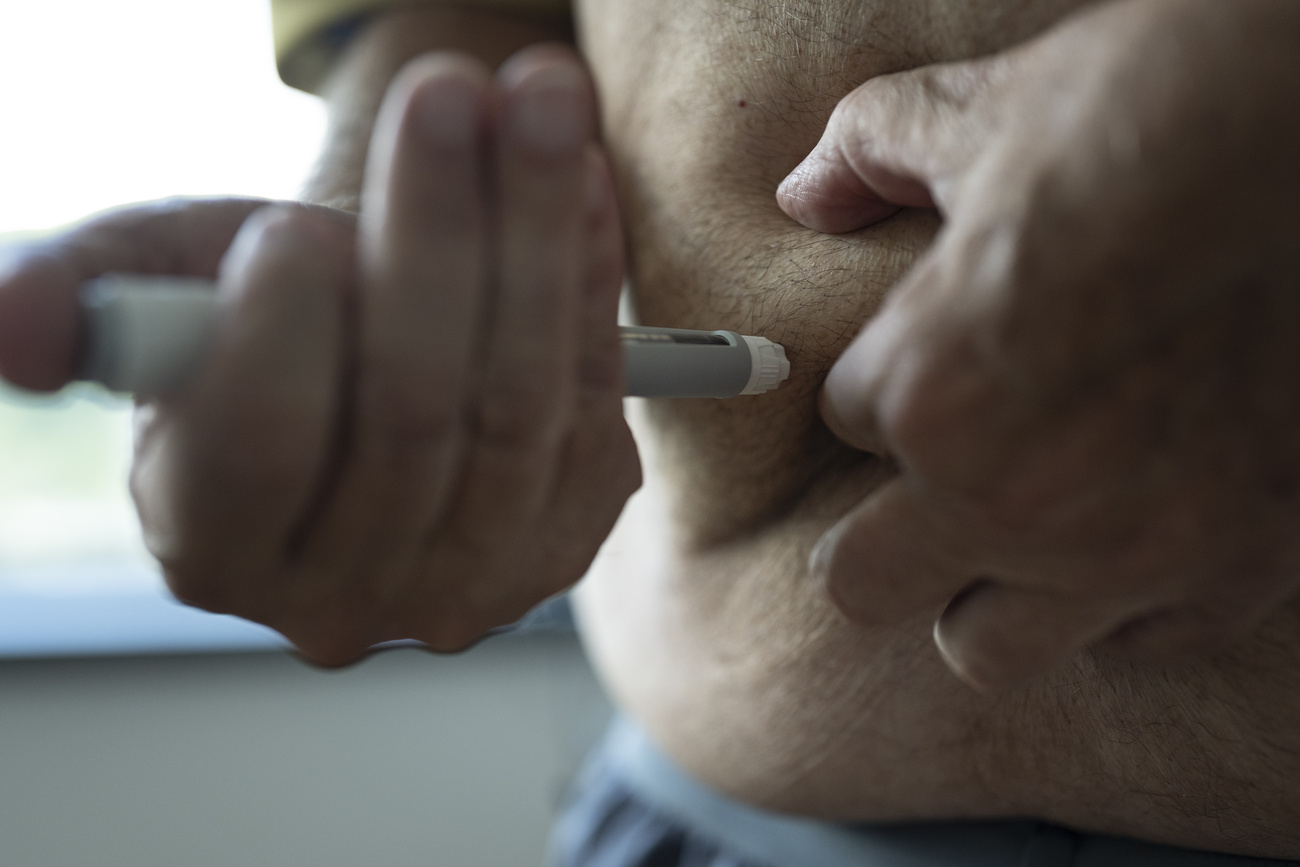
Swiss scientists to study Genesis space data

Solar particles gathered during Nasa’s Genesis space mission are to be analysed by scientists at the Federal Institute of Technology in Zurich.
Important material survived the space capsule’s crash-landing in the United States earlier this month.
Swiss scientists will be among those analysing solar wind particles – gathered during the three-year Genesis mission – which could shed light on how the Sun was created billions of years ago.
When the Genesis capsule crashed in the Utah desert, Nasa feared that all the material on board had been lost. But examinations have shown that a canister within the wreckage is largely intact.
The canister contained 200 hexagonal tiles, each up to 10 centimetres in diameter, made of high-purity materials such as silicon, sapphire, gold and diamond-like carbon.
Specific tests
Only one tile will be handed over to the Zurich scientists, but chemist Rainer Wieler is hoping that Nasa will eventually pass on a few more.
“We have just received photos of our tile, and it seems to be intact,” he told swissinfo.
“Tiles made out of germanium were shattered by the impact and the fragments aren’t bigger than a millimetre,” he added. “We were lucky that all the tiles weren’t made of this element.”
Wieler and his team will be heading to the US in the next few weeks to pick up their tile. They will then conduct a series of specific tests developed in Zurich.
They will search for traces of Noble Gases such as helium, argon, krypton, neon and xenon, which are usually thrown out by the Sun.
Normally, the tile would be melted at very high temperatures to release the gases, which would then be analysed.
But this method has it drawbacks since the various gases would not be released at the same time, leading to imprecise data.
Traces of gas
To avoid this, scientists in Zurich will peel away the layers of the tile using acid.
This method was first used 20 years ago to analyse solar wind particles brought back from the Moon by the Apollo astronauts, and more recently it helped to determine the composition of meteorites.
“We melt the tile layer by layer with very strong acid,” explained Wieler. “Each layer is only a few millionths of a millimetre thick, so we can collect all the traces of gas that are present.”
Collection of the gases has to be carried out in a vacuum. The volume of gases recorded is so small that the presence of a foreign particle would skew the results.
According to Wieler, the first results should be presented at the Lunar and Planetary Conference in Houston in March next year.
“These will certainly not be the definitive findings,” he said, “but there are public relations issues to consider.”
Since the crash, there has been considerable public and political pressure to prove that the $260 million (SFr324 million) mission was not a waste of money.
swissinfo, Marc-André Miserez
The solar wind is a stream of particles thrown out by the Sun.
Scientists believe its composition is similar to the cloud from which the planets of the Solar System were formed four-and-a-half billion years ago.
Solar winds do not penetrate Earth’s atmosphere, as they are blocked by the planet’s magnetic field.
Solar winds do however interact with the magnetic field over polar regions, helping create auroras.

In compliance with the JTI standards
More: SWI swissinfo.ch certified by the Journalism Trust Initiative
































You can find an overview of ongoing debates with our journalists here . Please join us!
If you want to start a conversation about a topic raised in this article or want to report factual errors, email us at english@swissinfo.ch.